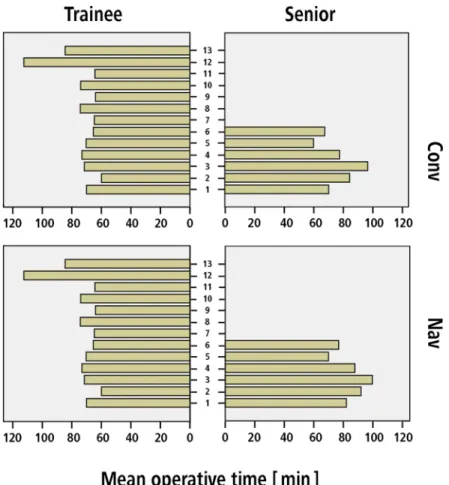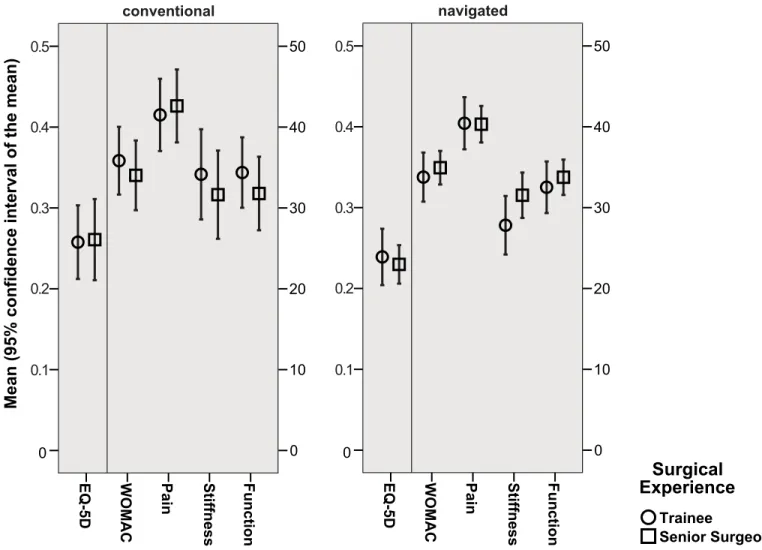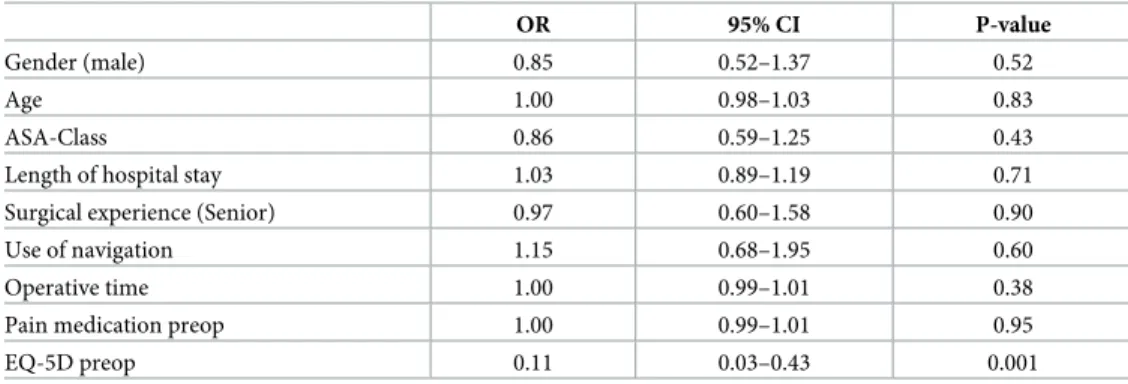Surgical training does not affect operative time and outcome in total knee arthroplasty
Volltext
Abbildung




ÄHNLICHE DOKUMENTE
Patients were included provided they had an OAC following tooth extraction, and a first-time surgical closure of the OAC was performed at the Department of Oral Surgery and
Baseline information of 18,968 patients older than 20 years with complete preoperative data sets regarding pain status, walking time without support, hip flexion range, and
In immunocompromised patients – particularly in the HIV-infected – who present with subacute or chronic joint pain refractory to conventional treatment, osteoarticular
This study presents a procedure of assessing suitability, adaptation and testing of the psychometric properties of two instruments (the Health Assessment Questionnaire Disability
Probably feasible: Disease-group PROMs are a promising solution, but the definition of ‘disease group’ needs to be clearly defined as to whether it refers to disease families,
patient reported outcome measure*[Title/Abstract]) OR prom[Title/Abstract]) OR patient reported outcome*[Title/Abstract]) AND orphan medicinal product [Title/Abstract];.
Nguyen H, Butow P, Dhillon H, Morris L, Brown A, West K, Sundaresan P (2020) Using patient-reported outcomes (PROs) and patient-reported outcome measures (PROMs) in routine head
Study flow diagram: TKA, total knee arthroplasty; rTKA, revision TKA; PJI, periprosthetic joint infection; EBJIS, European Bone and Joint Infection Society; LFU, lost to follow-up;